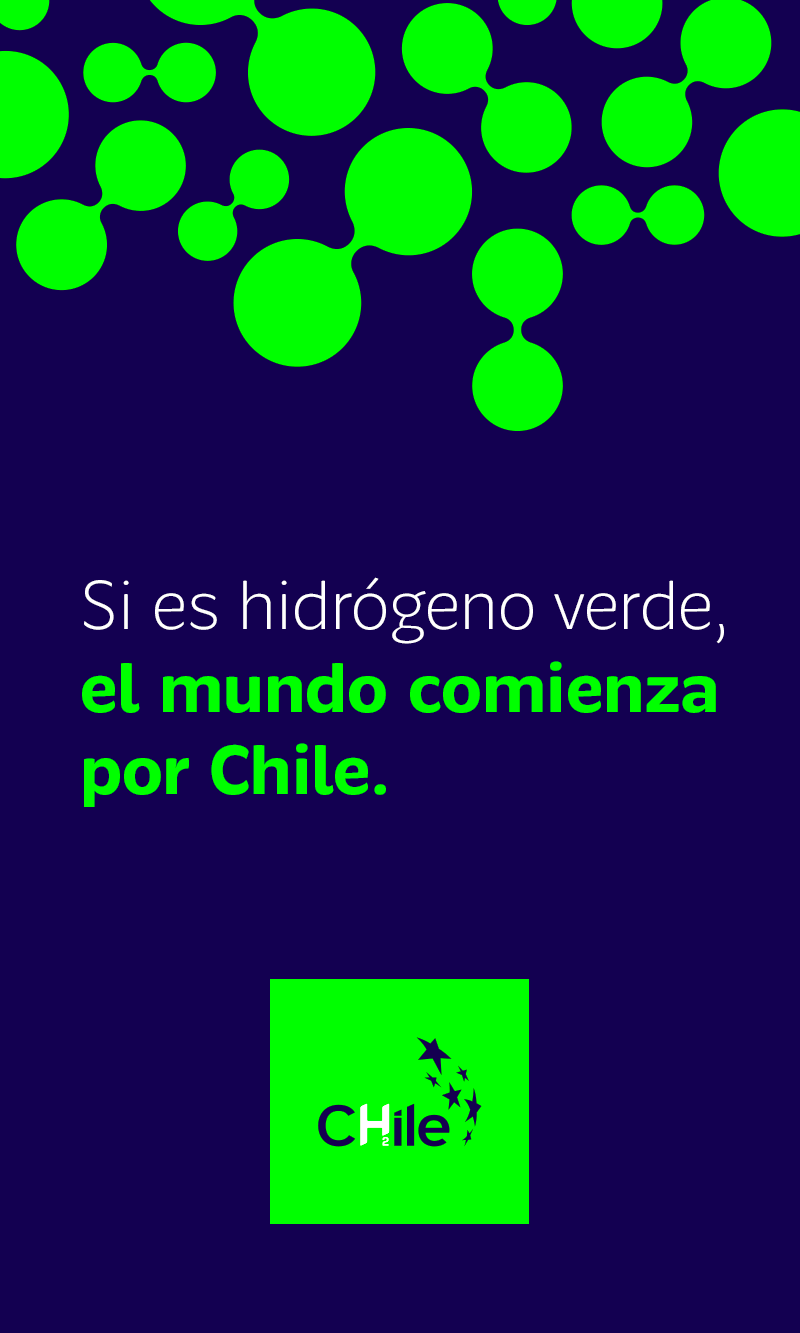
The US-based National Geographic society, which covers themes related to scientific exploration, nature and culture in order to raise awareness among the world’s peoples, recently published its selection of the 17 best photos captured around the world in 2022–including two from Chile’s far south.
Chilean photographer Tamara Merino, a National Geographic Explorer, took the stunning images of Chilean Patagonia that were selected among the “Best Travel Photos of 2022,” published by the US-based organization.
Hailed as one of the few places on the planet that has preserved its untamed nature, for both its vast Ice Fields and its unpredictable climate, Chilean Patagonia has become a superlative scientific destination, mainly because of the conditions it offers for studying the effects of the climate crisis on our planet, for which it has been called a global climate change sensor.
“Together with National Geographic, we are exploring the greatest number of Chilean glaciers, documenting the impact of global warming on them, and obviously, their ongoing retreat. Chile has the largest glacial surface area in South America, and 63% of that ice is in Patagonia,” affirms Tamara Merino, National Geographic professional photographer.
Over the past 10 months, a team of NatGeo documentary filmmakers has been filming one of the last truly wild frontiers that exist on our planet, with flora and fauna that can only be appreciated in this particular corner of Chile. Along the way, they have also shared experiences with the professionals who study the region’s eternal ice on a daily basis under severe climatic conditions.
“In this zone, a group of Chilean glaciologists and mountaineers from around the globe are collecting information daily on the retreat of glaciers. It’s a truly amazing investigation that makes use, for example, of weather towers they have installed on different glaciers of the Northern and Southern Ice Fields, extracting incredibly valuable information for humankind. This group of glaciologists spends many days up on the glaciers, sleeping in shelters above 1000 m altitude, where they may even be trapped for weeks at a time,” comments Merino.
The documentation process has been supported by an array of Chilean institutions dedicated to the study, safeguarding and appreciation of these natural conservation zones, in an effort to convince the public of the importance of protecting these resources. “The coordinated effort to obtain these records has been wonderful. Chilean entities have played a central role because they can reach these places, and without them this project would be impossible to undertake. One of those organizations is Imagen de Chile, with whom we made the first journey to the glaciers of the Northern Ice Fields, Laguna San Rafael and others. We have also received crucial support from CONAF (National Forestry Corporation) and the DGA (Chilean Water Directorate), whose experts have accompanied us on different journeys and whose staff have provided essential information for our work. Ultimately, it’s a multifaceted project that is highly endorsed by all of these entities and organizations, giving it a unique value,” concludes Tamara.
To learn more about this destination and other topics, we invite you to visit the NatGeo website and marvel at the 17 best travel photos of 2022.

The Exploradores Glacier is located to the northeast of the Northern Patagonian Ice Field. This great mass of ice descends from Monte San Valentín, the highest mountain in Patagonia (4,058m or 13,313 feet). It has a total length of 23km (14 miles) –12km (7.4 miles) of which are visible – and a width of 3km (1.8 miles). The glacier is receding an average 0.7m-0.8m (2.3-2.6 feet) each year. Part of the ice tongue on the Exploradores Glacier is covered with moraine. The moraine is an accumulation of unconsolidated waste on the glacier. Its size and shape are determined by whether the glacier is advancing, retreating or in equilibrium.
Aysén, Chile. Photograph by Chilean Tamara Merino for National Geographic.







